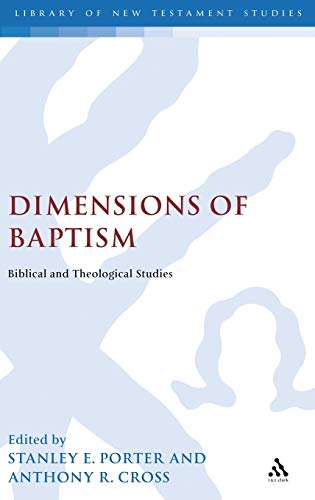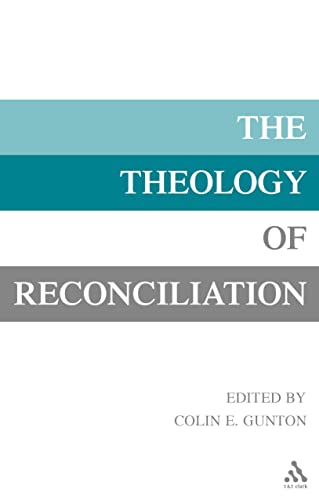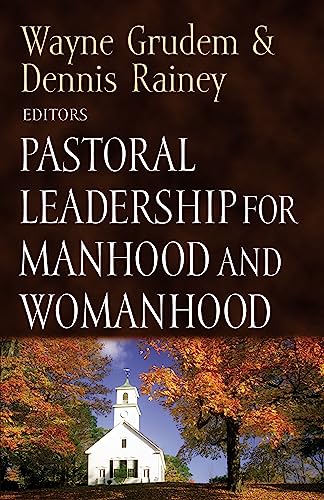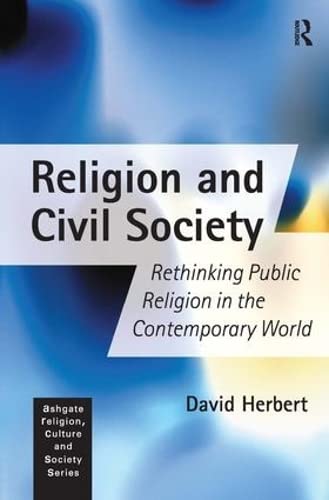ENCOUNTERING THE BOOK OF ROMANS: A THEOLOGICAL SURVEY
Written by Douglas J. Moo Reviewed By Gordon CampbellReaders who already have on their shelves one or other of Douglas Moo’s commentaries on Romans in the New International (Eerdmans) and NIV Application (Zondervan) series, may wonder why there is need for another Romans according to Moo. If you already enjoy Moo’s more scholarly work on Romans, this is probably not the book for you; but if you need to make sense of the apostle’s most famous and demanding writing, it is a good starting-point.
Moo’s third book on Romans aims to provide first-time students of Paul’s most famous letter with a distillation of the best of two interpretative worlds. The first is the store of older explanations of the complexities of the letter, drawn from traditional protestant exegesis of Paul; for Moo, these deserve another hearing and have ongoing validity as correctives to newer ideas, not all of which are necessarily good. This is to say that Moo has serious reservations about aspects of the no-longer-so-new new perspective on Paul. However, he also wants to acknowledge criticisms levelled by some interpreters living in the post-Sanders world against protestant interpretation, where this has underplayed questions of corporate identity in Romans or been unduly condemnatory of ancient Judaism as a religion of works. Thus for the author, Romans ‘is about individual salvation and the new people of God’ (28), whilst the legalism against which Paul reacts requires very careful handling of both pagan and Second Temple Jewish categories of law.
Of course, the Encountering volumes are intended to serve as workbooks for survey courses and this one on Romans, like others in the series, has been specifically written in order to scratch where collegians (or undergraduates) itch. So rather than a commentary that stops frequently to dig deep into the rich earth of Paul’s message and argument at every point, this is a constantly moving guided tour of the whole terrain. Moo puts in print the sort of teaching on Romans which he has offered students in Trinity Evangelical Divinity School or Wheaton College, as well as repaying something of the debt the author owes to those students whose work has helped him arrive at his own considered opinions.
After a thirty-page orientation, the text is covered in sixteen chapters, each with its own outline and objectives, follow-up study questions and suggestions for further reading. Every few pages there are sidebars highlighting key issues—everything from the Christian sabbath to worship, or from the origins of the Church at Rome to use of the OT in the letter. The publishers make concessions to our image-driven world with frequent use of photographs illustrating ancient and modern Judaism, or excavations of Biblical sites and graco-roman monuments. Designed to be ‘aesthetically pleasing’ (15) and supposed to be carefully chosen, it remains debatable whether these pictures enhance the reading experience or spoil it. For this reviewer, either a holocaust memorial to accompany discussion of Romans 9 (146) or Israeli tanks in the Negev to illustrate Romans 11 (164), is quite out of place in a part of Romans which just cries out for interpretative sensitivity. But then, aesthetics is a matter of taste.
Most students find they need initial help in getting to grips with Romans. Moo guides his reader surely through the meanders of an often difficult argument, writing clearly and with a good command of his subject. Since his target is the Christian student, the style is inclusive and on every page the reader is invited to make personal application of Paul’s message. The result is a book that both warms the heart and engages the mind.
Gordon Campbell
Belfast







